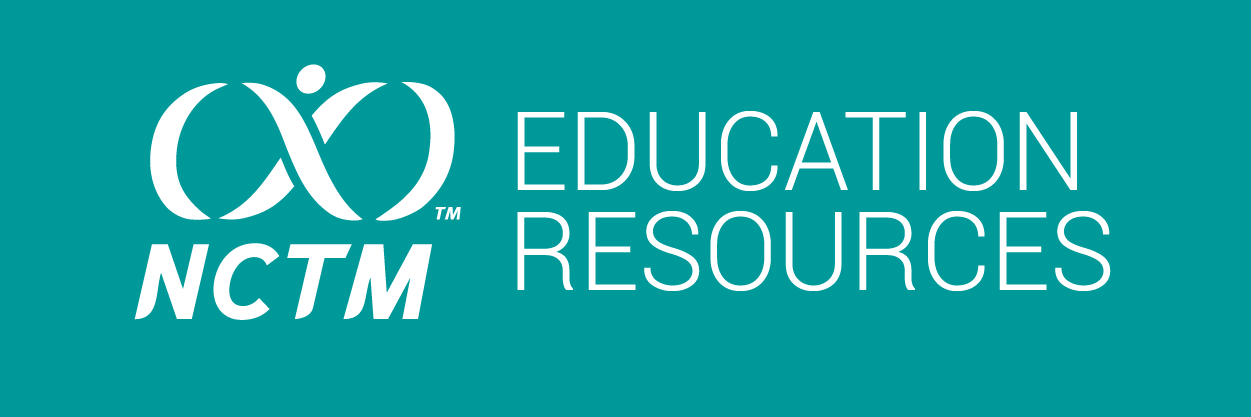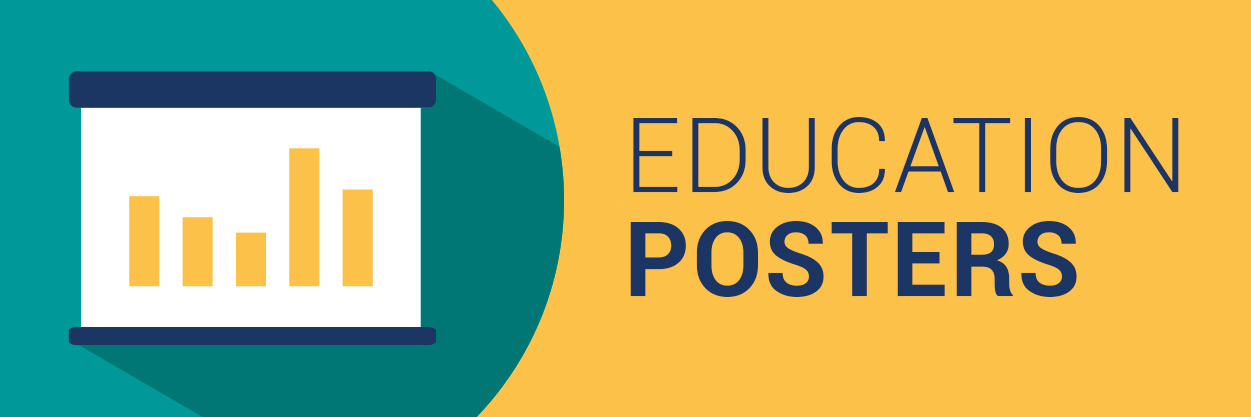An Administrative Team / Student Partnership–Centered Student Survey Project
Kevin Reese’s department was asked by district administration to create a new math course that would help their most credit-deficient students fulfill their state-required three credits of math. Learn about the class Reese created.


















